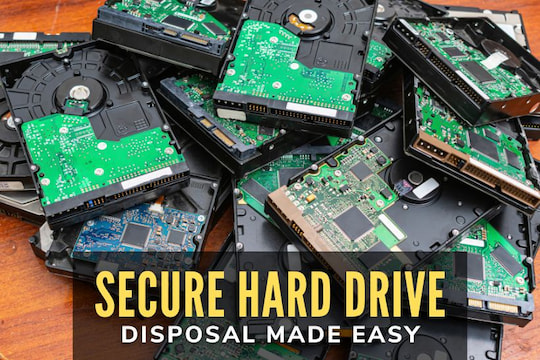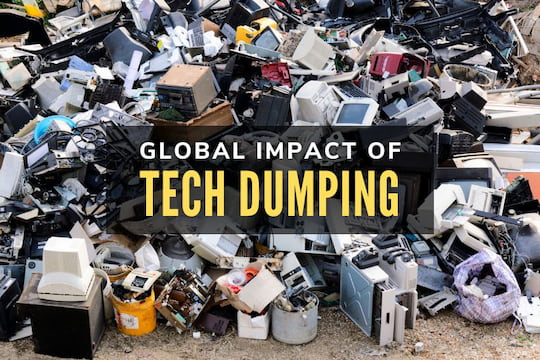If you are part of a company or own a small business, it’s essential to consider Hardware Asset Management Best Practices. These best practices will help to guide you and your company on what to do when it comes to getting rid of old hardware including answering questions like, ‘where to dispose of computers?’. It is not as simple as tossing old equipment into a landfill somewhere. Environmental and security factors should also be taken into consideration.
Asset Management takes into consideration a multitude of factors to create the best strategy that will be good for the company and the clients/customers as well. Hardware asset management is the process of managing and tracking the physical components of computers during its entire lifespan, that is, from acquisition to disposal. Hardware asset management allows for full visibility, so you’ll always know when a piece of equipment was added to your inventory, you’ll know the expiry date, where different components reside, how these assets are used and more.
One of the best practices for hardware asset management is to designate critical people who will be in charge. These people should also have a team that runs things on the ground floor as well. The more people who understand the process and the importance of asset management, the better. Another option to consider is using software that is built specifically for assisting in managing hardware assets. While you can indeed, use an excel spreadsheet on your own, vendors such as SolarWinds, Oracle, ManageEngine, and CA Technologies all offer excellent IT asset management software. Hardware asset management should also take into consideration what happens when a device is no longer working and needs to be retired. If you keep track of old devices, you’ll know when things should be taken down from the shelf and recycled. Another option is the physical destruction of data, which ensures no information falls into the wrong hands after the device is no longer in use.




















